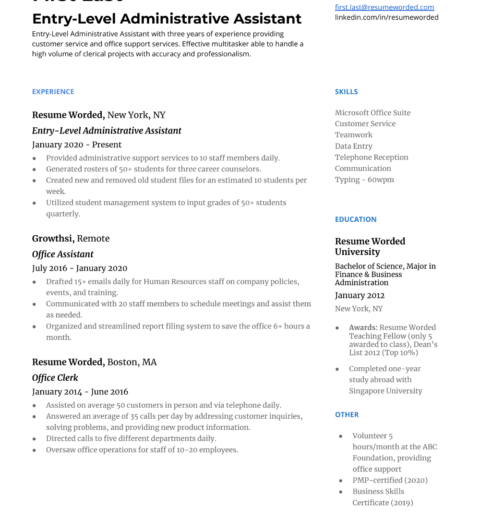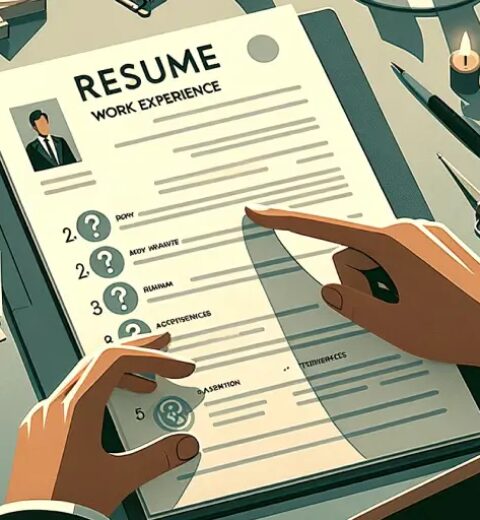In the competitive realm of job searching, crafting a compelling resume is paramount. Yet, the art of referencing can be equally critical. Including references appropriately can bolster your application; however, presenting them improperly may detract from your credibility. This guide will elucidate the best practices for providing references in a resume without overwhelming potential employers.
Understanding the Role of References
References serve as testimonials that verify your qualifications, character, and professional demeanor. They provide an individualized perspective that transcends the bullet points on your resume. Typically, employers contact references to authenticate claims made in your application. Therefore, it is essential to select references who can eloquently speak to your abilities and experiences.
Deciding When to Include References
Traditionally, candidates include references directly on their resumes. However, contemporary practices often favor listing them on a separate document. This method confers several advantages. By maintaining a separate reference sheet, you preserve the integrity of your resume’s layout. Moreover, it allows you to curate a tailored selection of references suited for specific job applications.
Ultimately, if the job posting explicitly requests references, including them is non-negotiable. In most other scenarios, opting for a separate document accompanied by a statement such as “References available upon request” suffices. This acknowledges the potential need for references while focusing primarily on your skills and experiences.
Choosing the Right References
When selecting references, consider individuals who hold relevance to the position you are pursuing. Common choices include:
- Previous Supervisors: Former managers or supervisors can provide firsthand insight into your work ethic, skills, and contributions.
- Colleagues: Coworkers can offer testimony regarding your collaborative abilities and interpersonal skills.
- Professors or Academic Advisors: For recent graduates, educators who can vouch for your dedication and intellectual capabilities are valuable references.
- Clients or Business Partners: For those in service industries or self-employment, clients who can speak to your professionalism and results can carry significant weight.
Prioritize individuals who have direct experience working with you in a professional context. Ensure they possess a favorable and articulate understanding of your qualifications.
Approaching Potential References
Before listing someone as a reference, it is courteous—and essential—to ask for their permission. Initiate a conversation with your potential reference, explaining your career objective and why you believe they would be an excellent choice. This not only secures their consent but also allows them to prepare should they be contacted.
Keep in mind to provide them with context about the job you’re pursuing. Sharing your updated resume and discussing pertinent skills can enable them to tailor their recommendation to the specific role. This proactive step reflects professionalism and respect for your references’ time and efforts.
Formatting a Reference Sheet
Your reference sheet should mirror the professionalism of your resume. Maintain a clean layout and articulate structure. Include the following elements on your reference document:
- Your Name and Contact Information: Place this at the top of the document as a header.
- Title “References” or “Professional References”:” Clearly indicate the purpose of the document.
Next, list each reference following a standard format:
- Name: Include the full name of the reference.
- Title: State their current position or relationship to you.
- Company: Indicate the organization they are affiliated with.
- Contact Information: Provide a phone number and email address (with permission).
Arrange your references in order of relevance to the targeted job. A well-organized reference sheet is not only useful but also conveys a sense of forethought and consideration.
Maintaining Relationships with References
Remember that references may also be pivotal later on, so nurturing those connections is advantageous. Maintaining open communication fosters a collaborative network of professionals who can support you in future endeavors.
Avoiding Overkill
Conclusion
Providing references in a resume is a nuanced task that requires careful thought and consideration. By understanding the purpose of references, choosing the right individuals, and maintaining them respectfully, you enhance your job application without overshadowing your qualifications. A polished reference sheet, when appropriately constructed and utilized, can serve as a powerful adjunct to your resume, paving the way for new career opportunities.




